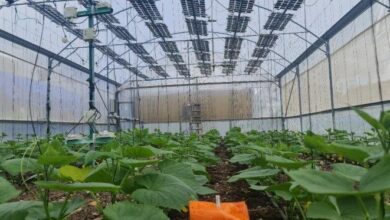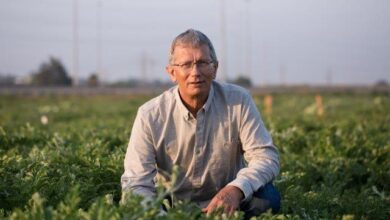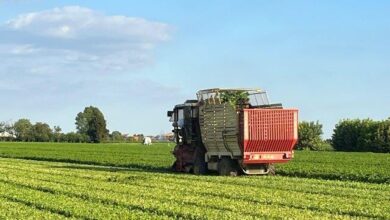Dr. Michael Striem*
This is yet another love story related to wine. Since the dawn of civilization humans have loved wine. It became a basic ingredient in food consumption and ceremonial usage of many.
From gatherers, humans became growers. Curiosity made some of them researchers. Traveling from Africa to Asia, Europe and America, they always took stuff with them, like tools, food items and for leisure.
Viticulture and wine consumption were already well established, culturally and agriculturally, when long-distance trips encountered continent discoverers with new grapes, large and small, sweet and sour, too. Along with other treasures, vines were carried along on various expeditions.
At this point, it should be mentioned that at that time, almost all wines produced in Europe were grape varieties of only one species, Vitis vinifera. From the evolutionary point of view, this means that genetic diversity is low, resulting in some degree of inbreeding (not a good thing). Now that additional species are at hand, outcrossing has begun. The first generation was quite disappointing (as expected): the vines were fine, but the wine was not!
It should also be mentioned that this process of importing genetic diversity and implementing it at the destination methodologies is part of ‘acclimation’. The effort to grow the new grape varieties in different climates and growing regions (including growing practices) is a long-term process measured in years (even decades). It is quite obvious that the basic expectation is to observe the “old” performance at the “new” location. Easier said than done. Some of the imported material might not survive the new conditions of heat or freezing temperatures, day-length, sunshine etc. Furthermore, vines which were collected from forests and riverbeds might “dislike” the vineyard style of restricted growing conditions. Both sides, vines and vintners, need to “adapt” to each other and have an “open-minded” attitude to flourish.
It became a challenge to acclimate these new species of grapes in Europe. A severe urgent need to fight unexpected maladies (root Phylloxera aphids, for example) resulted with intentional and intensive breeding, crossing the European grape, Vitis vinifera, as with the other species, Asian and American.
It took decades of intensive breeding efforts to finally have fine wine grape varieties such as Regent and Traminette. These vines traveled further from their birthplace, Germany and New York, respectively. Fine wines are now produced around the globe using many new wine grape varieties which were distributed by enthusiastic wine lovers.
Since thousands of years, these amazing versatile plants were acclimated everywhere (in all continents except Antarctica). Over two centuries ago, when early modern settlers brought with them their beloved Grenache, Cabernet and Chardonnay, from Europe to the Middle East, many more varieties were imported to Israel (which is, by the way quite literally, claimed to be the region of origin for modern viticulture).
This is the happy ending of those acclimation adventures, which were conducted to reach beyond a current region to new, and remote growing regions. It does not stop here. About 30 years ago, I made my own discovery of America. My postdoctoral research collaboration brought me to New York, to upstate New York – to the Finger Lakes region, where Cornell University resides. Eye opening walks through the breeding block with Prof. Bruce Reisch made me fall in love with his grapes. The rainy humid summer days did not rot the grapes as I expected them to. They were resistant (or have a high level of tolerance) to diseases (Figure 1). Amazing. It was my life changing period, discovering the American hybrids.

Upon our return home I immediately started to promote the idea to make crosses and breeding efforts with this special genetic germplasm. To make this long love story short – we imported these varieties to Israel!!!
As is now very clear, acclimation efforts of wine grapes have brought recently developed German and American wine grape varieties to Israel. It is now our challenge to find the best place, best growing procedure, best wine making technique, for creating the happy ending of this love story.
So now you know what acclimation of wine grapes is about: create a challenge and deal with it 🙂
I am grateful to family and friends along my career who made it possible to establish fruitful collaborations of enthusiastic individuals which helped to establish four acclimation vineyards in Israel: Jezreel valley (Yokneam), Yavniel valley (Hazorim), Hulla valley, Golan heights (Figure 2).

We produce wine from these blocks and accumulate experience and knowledge regarding the response of these newcomers.
- strieminetica@gmail.com , Strieminetica Grapevine Technologies Ltd.





